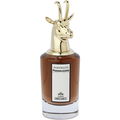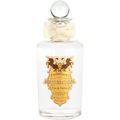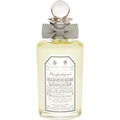We may earn a commission when you buy from links on our site, including the eBay Partner Network and Amazon.
Artemisia Penhaligon's 2015 Eau de Parfum
/ 10
5 Ratings
A perfume by Penhaligon's for women and men, released in 2015. The scent is spicy-floral. It is still in production.
Compare
Compare
Main accords
Spicy
Floral
Fragrance Notes
 Rose absolute
Rose absolute  Egyptian jasmine
Egyptian jasmine  Frankincense
Frankincense  Maté
Maté  Thyme
Thyme  Jilkfrebdop
JilkfrebdopPerfumer
Ratings
Submitted by Franfan20, last update on 04/27/2023.
Smells similar
What the fragrance is similar to
Charts
Images
1 fragrance photo of the community





























